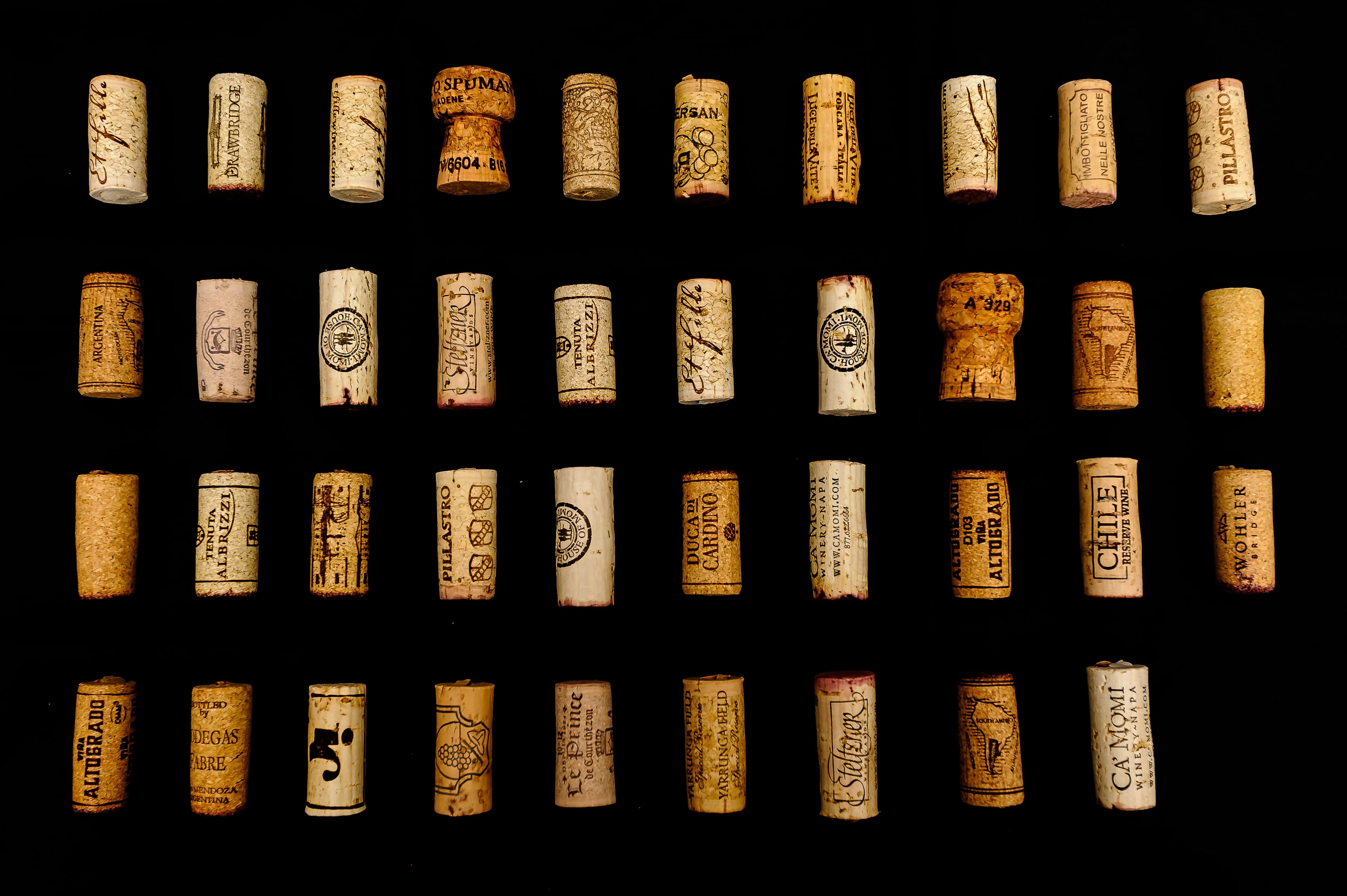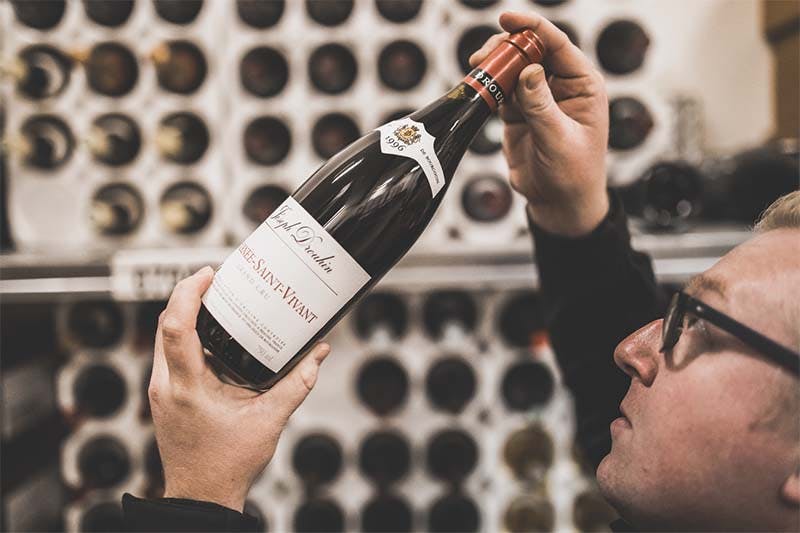
Drinking an old vintage wine can be an unforgettable experience for a special moment. The notion of the power of time acting upon the life cycle of wine is exciting. Unlike young wine, old wine is very fragile and needed to be handled gently. Here is a guide to preparing and serving old vintage wine with care, to have the optimal tasting experience.
Before serving old bottles
Old vintage red wines normally contain sediment. Before opening the wine bottles, it is important to let the wine settle, for a few days, even for one or two weeks, to make the sediment gently settled at the bottom of the bottle by putting the wine bottle vertically. Although the sediment is natural, it still affects the taste and gives unpleasant flavors to the wine. Once the wine is well-rested, it is ready to serve.
Opening a bottle of vintage wine
Professional sommeliers use different techniques to open vintage wine bottles. The cork of old wines can be fragile. If we use the standard corkscrew, it will break the cork. Because of the wine storage conditions in the cellar, old corks are usually damp and moldy. Breaking pieces of the cork would taint the wine, adding undesirable smell and flavors to it. An Ah-so wine opener is widely used to open vintage wines. The twin-prong cork puller is ideal for removing the cork without damaging it.
Another way to open old bottles is to use Port tongs. Invented in the 18th century, traditionally being used to open vintage Port, the method is to heat the long-handled tong over flames and place it on the neck of the bottle, but below the cork, then apply iced water on the bottleneck. The drastic change in the temperature breaks the glass, and the bottleneck will be smoothly removed along with the cork.
To decant or not to decant?
As the old vintage wines went through a long and slow process of oxidation, should we decant the wine? Essentially, it depends on the wine. For the tannic wines suck as an old Barolo or an old Brunello di Montalcino, or Cabernet Sauvignon based Bordeaux, decanting is recommended. Nevertheless, pouring the wines into a different container to leave the sediment in the bottle is always a good choice.
Unlike the young wines, decanting an old vintage wine should be a gentle and slow process. Simply open the bottle in advance or use a decanter that has a smaller surface area of the wine, so that the wine is not over-exposed to oxygen. If you would go to great lengths for the precious bottle of wine, double decanting can be performed. In addition to the normal decanting process, by pouring the wine into a decanter, double decanting has one more step to put the wine back to the original bottle after a short time of decanting and let the wine aerate slowly. However, before pouring the wine back, make sure to clean the wine bottle first with hot water and wait until it cools down. Double decanting is great for slow aeration and for aesthetics.
Share this article











